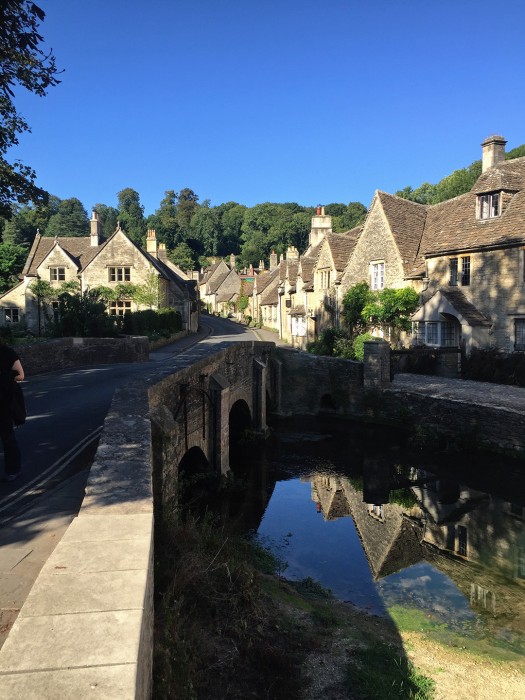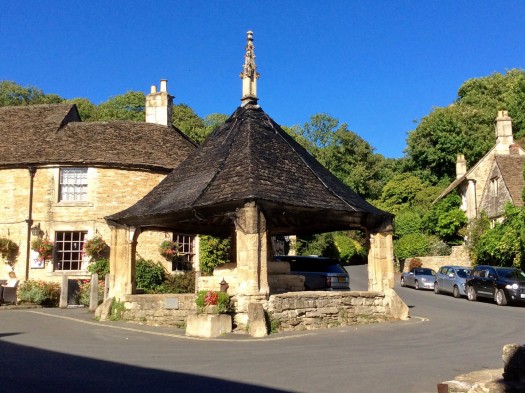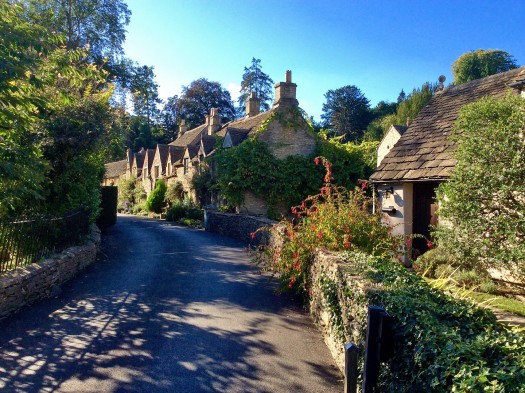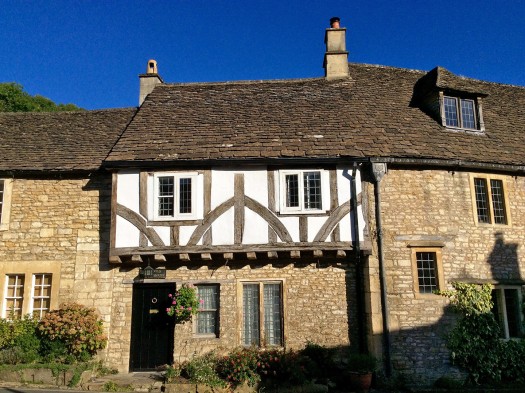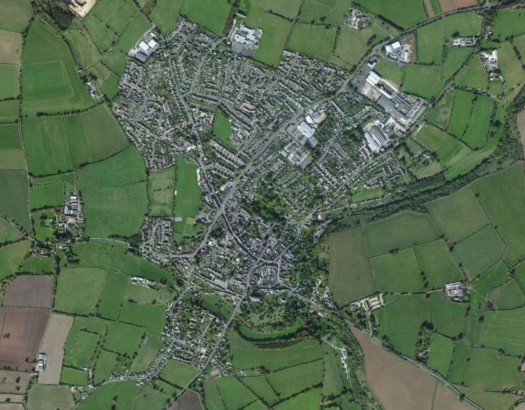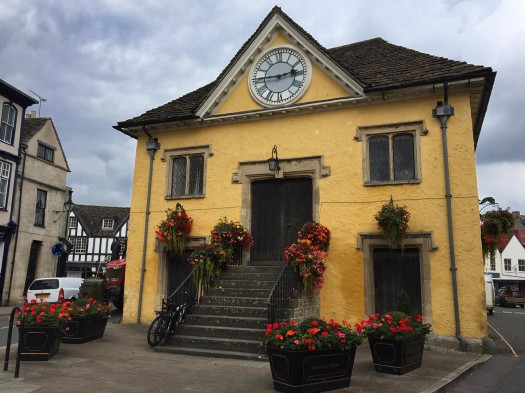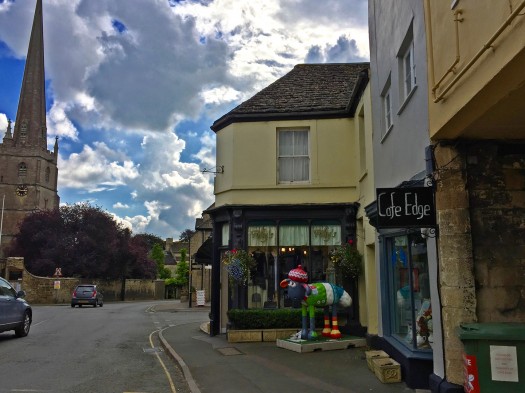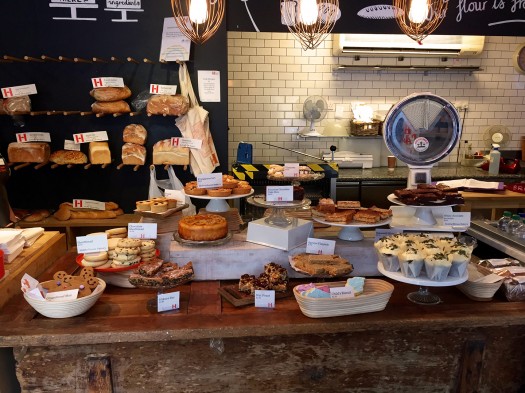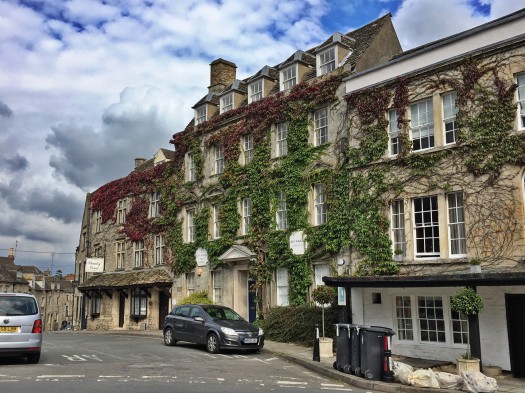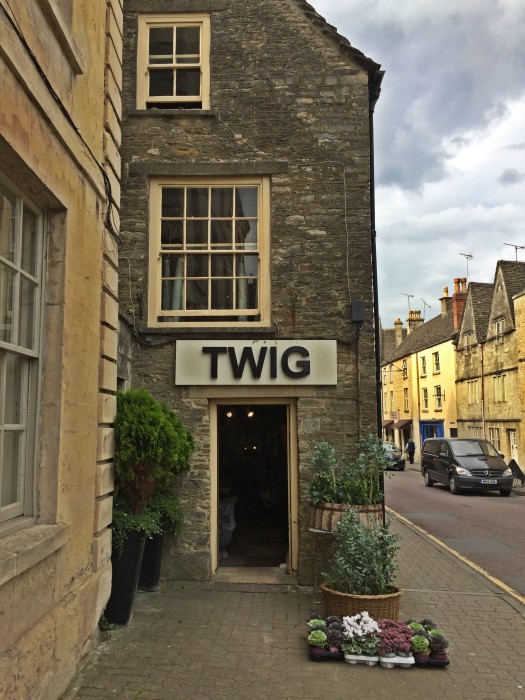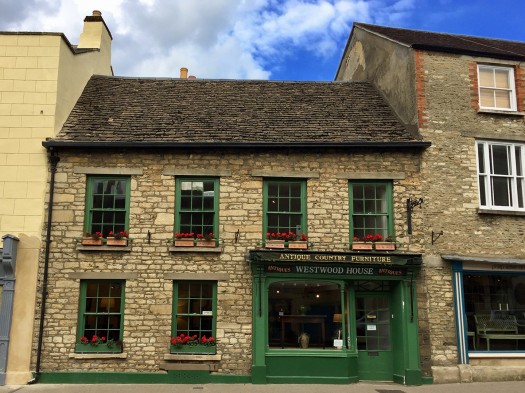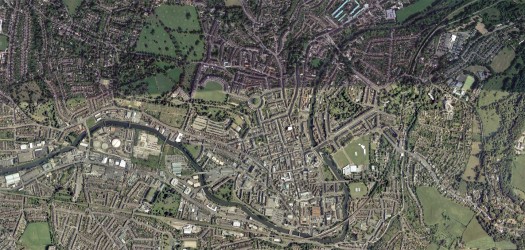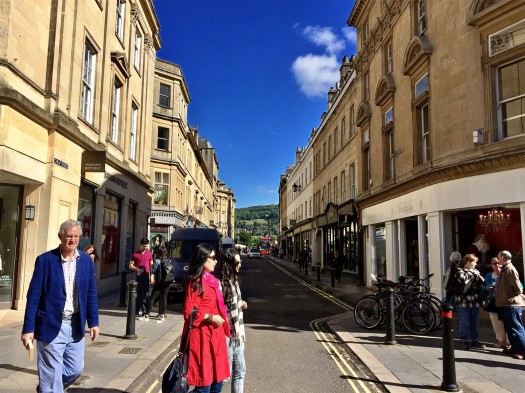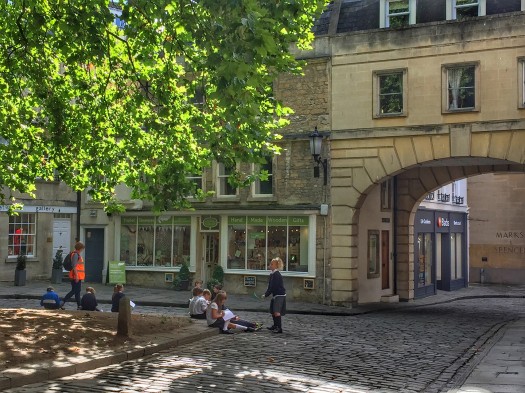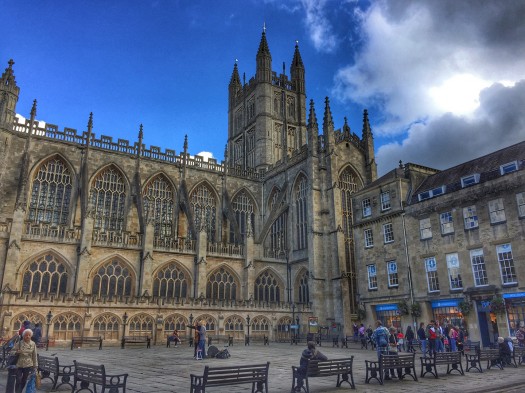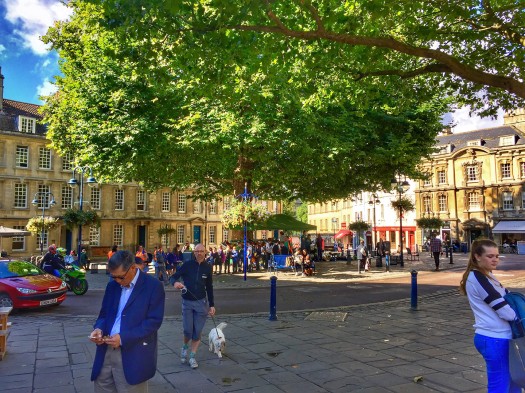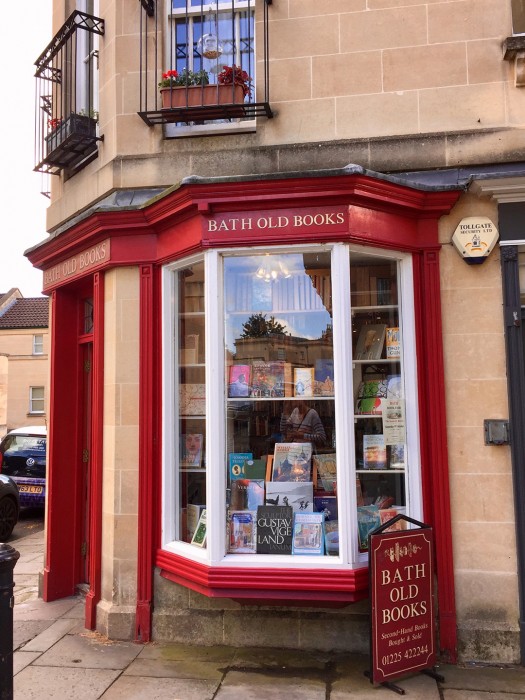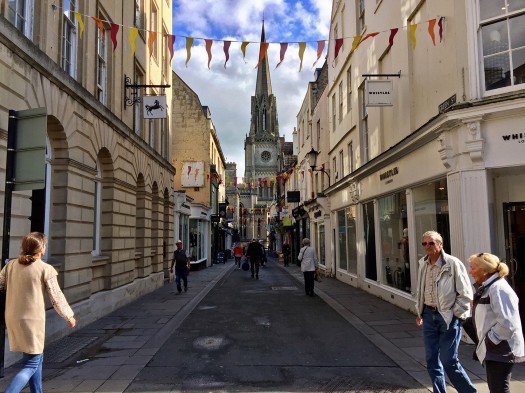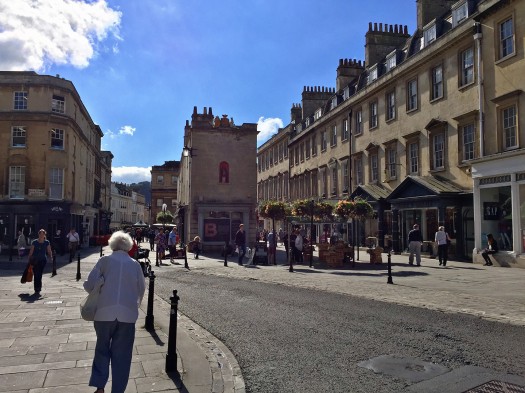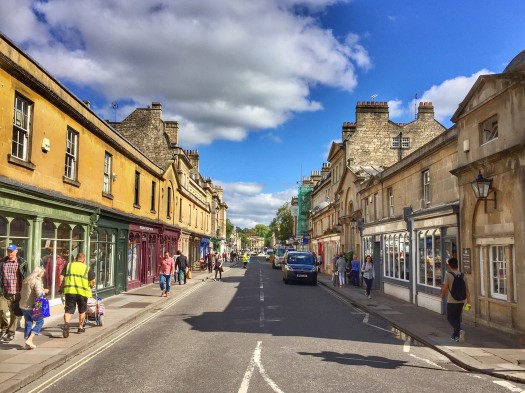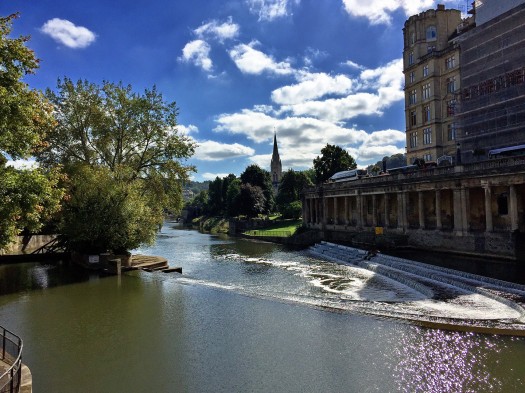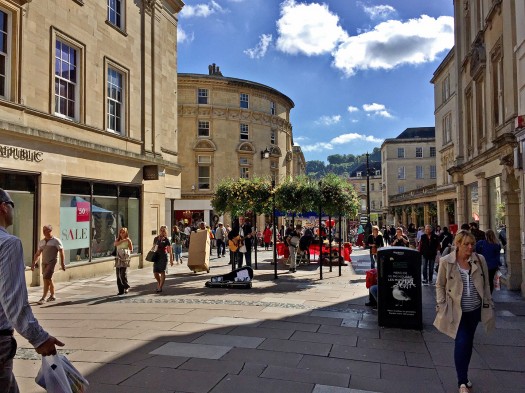A Placemaking Journal
Why Can’t My Zoning Create a Diversity of Places?
Planners frequently use the place type framework to identify different issues, challenges, and assets throughout a municipality or a region. While there isn’t a standard used across the profession, it is generally accepted that the broadest range of places includes the hamlet, village, town and city. Historically we intuitively understood how to build these places without regulation. Commerce and public spaces were located where the majority of residents could access them, and housing was both diverse and compact. This permitted the preservation of the landscape for agriculture and natural systems.
However, the last decades have seen those clear types devolve into subdivisions, strip centers, malls and office parks. And unfortunately these new development types are virtually the same from region to region and country to country. This is the result of use-based zoning that separates rather than blends compatible uses.
A recent trip to the Cotswolds illustrated how beautiful and unique a range of places can be. The larger places occur where transportation, institutions and commerce coincide, but in the smallest locations, the complete character of the community is still obvious. Even small villages have resources that reduce vehicle miles and encourage active transportation. In this post we’ll look at three specific traditional place types: the village, town and city.
Village
The exquisite Castle Combe is our example of the Cotwolds village, and this is probably the most common type of place in this region. There are scores of beautiful villages to be considered which has resulted in the significant tourism economy. The illustration of Castle Combe below shows how compact the village is and its proximity to the farmlands and the By Brook.
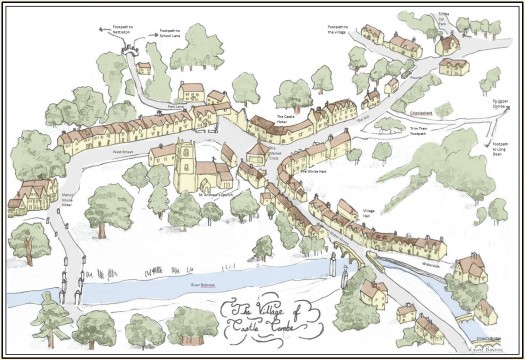
With a population of 350, one might wonder how sustainable this village really is. But with an active tourist, film and agricultural economy, it prospers in its rural isolation. While the tourists may be trying at times for the locals, they provide enough traffic to support a local pub, an inn and a hotel. The compact, mixed-use village freely mixes commerce, lodging, institutions and residential while preserving the surrounding landscape. This mixture of compatible uses is illegal in the majority of U.S. zoning ordinances along with the zero setbacks for single-family residential and the lack of parking requirements. But the result is such a charming environment that it is an international tourist attraction.
Unless otherwise noted, all photos are CreativeCommons ShareAlike with Contribution Licensing, with image credit to Susan Henderson. Click any image for a larger view.
Town
Tetbury is our example of a town in the region. It’s a historic wool town, like so many Cotswold municipalities, and still has an active market with a 2011 population of about 5,500 (Parish and Ward Population, Retrieved October 17, 2016). You can see from the image below that the town is larger and more connected than the village. In addition, Tetbury’s location on the London Road provides economic benefits from the connections to regional transportation and commerce. The town draws British tourism with access to the Highgrove gardens and shop as well as antiquing and a popular cafe culture. (Tetbury Tourist Information and Travel Guide)
While field to fork dining has become a popular movement in the U.S., the preservation of the rural landscape in the Cotswolds makes local food a major asset. Tetbury was the base for my recent trip and we enjoyed dinner one night at the Priory Inn’s gastro pub. I was extremely impressed by the monthly food source information available on the back of the menu and the breadth of the locally available supply. The proximity of local food is a wonderful resource in smaller places.
City
Many think of London as “the” English city, and it certainly is the metropolis, but within the Cotswolds the lovely Georgian Bath is our example of a regional city. There are a number of other cities, and at almost 90,000 people Bath has a robust transportation, employment and even a small industrial infrastructure. However, as is visible in the aerial below, with Bath’s proximity to the River Avon, ample parks and squares, and adjacency to agriculture, there are many opportunities to enjoy the health benefits of a green environment in the midst of the city.
One thing I love about walking through the city is the unexpected vistas into the countryside at the end of a very urban street. Using zoning terminology, the view of T2 from T5 is always a surprise and a treat.
Contemporary zoning practice in the US and Canada provides for open space dedication, but it is frequently concentrated in large structured recreation parks rather than neighborhood-based civic spaces. Bath excels at providing greens and squares of many scales embedded within the neighborhoods. This provides relief from the urban environment within walking distance of most residences and enhances adjacent property values.
Over the years, we’ve written a lot about zoning and the barriers to building lovable, walkable, sustainable places. The national preference tracked by the National Association of Realtors indicates the rising desire in the U.S. for walkable places. Note the stress on the word place.
–Susan Henderson
If PlaceShakers is our soapbox, our Facebook page is where we step down, grab a drink and enjoy a little conversation. Looking for a heads-up on the latest community-building news and perspective from around the web? Click through and “Like” us and we’ll keep you in the loop.








